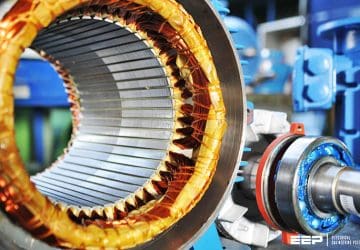Comparision of Direct-on-line (DOL) and Star-delta Motor Starting
The primary challenge in starting induction motors of large or medium size is predominantly due to the necessity for a high starting current when employing direct-on-line (DOL) starting method. Consider that the distribution line comes from a substation, where the… Read more
Jul 17, 2015 | By Edvard Csanyi

Calculation of motor starting time as first approximation
The problems connected to motor starting operations are fundamentally linked to the type of motor which a determined motor operational torque “CM” offers, to the starting modality and to the connected load which has a determined load torque “C ”. The… Read more
Jun 22, 2015 | By Edvard Csanyi

Basics of DC Motors For Electrical Engineers – Beginners
Separate field excitation DC motors are still sometimes used for driving machines at variable speed. These motors are very easy to miniaturize, and essential for very low powers and low voltages. They are also particularly suitable, up to high power… Read more
Jun 15, 2015 | By Edvard Csanyi
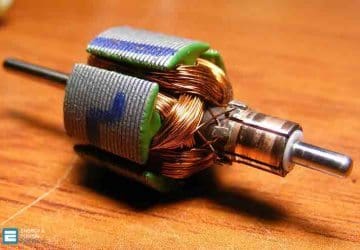
5 most common motor load types
Certain load types are characteristic in the industrial world. Knowing the load profile (speed range, torque and power) is essential when selecting a suitable motor and frequency converter for the application. Some common load types are shown. There may also… Read more
May 20, 2015 | By Edvard Csanyi
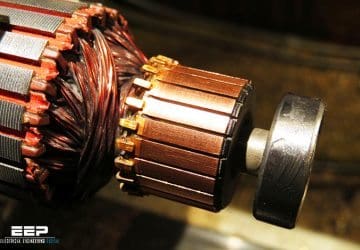
The basics of built-in motor protection for engineers beginners
In order to avoid unexpected breakdowns, costly repairs and subsequent losses due to motor downtime, it is important that the motor is fitted with some sort of protective device. This article will deal with built-in motor protection with thermal overload… Read more
May 15, 2015 | By Edvard Csanyi

Motor connection for clockwise and counterclockwise direction of rotation
Star-delta (in North America the designation “wye-delta” is commonly used instead) starting is the simplest method for reducing the starting current of a motor. The technique can be used with all squirrel-cage induction motors that are delta-connected for normal operation… Read more
May 13, 2015 | By Edvard Csanyi

Comparison of motor speed control methods
It is often desirable to control the motor speed, usually for reasons process control for such variables as flow or pressure. Such applications as fans and pumps often have varying output requirements, and control of the motor speed is more… Read more
Mar 13, 2015 | By Edvard Csanyi

The most common LV/MV motor starting devices
The most common motor starting device is the low voltage motor-starting contactor. A contactor is defined as “a two-state ON-OFF device for repeatedly establishing and interrupting an electric power circuit.” Contactors are designed for optimum performance and lifetime when switching loads; they… Read more
Jan 14, 2015 | By Edvard Csanyi
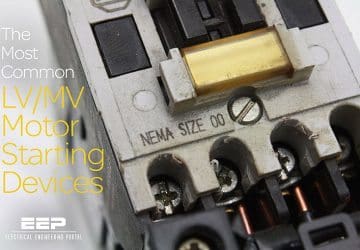
4 Types of DC Motors and Their Characteristics
As you already know, there are two electrical elements of a DC motor, the field windings and the armature.The armature windings are made up of current carrying conductors that terminate at a commutator. DC voltage is applied to the armature… Read more
Jan 07, 2015 | By Edvard Csanyi
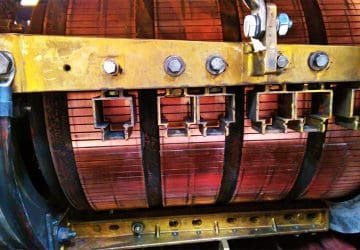
When to Buy Premium Efficiency Motors?
Using premium efficiency motors can reduce your operating costs in several ways. Not only does saving energy reduce your monthly electrical bill, it can postpone or eliminate the need to expand the electrical supply system capacity within your facility. On a larger scale, installing efficiency… Read more
Dec 31, 2014 | By Edvard Csanyi
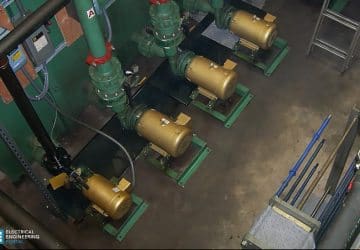
8 NEC Basic Feeder Circuit Sizing Requirements
Once the branch circuit loads are calculated, the feeder circuit loads may be calculated by applying demand factors to the branch circuit loads. General Lighting Loads (Article 220.42) Show window or track lighting (Article 220.43) Receptacles in other than dwelling… Read more
Dec 17, 2014 | By Edvard Csanyi
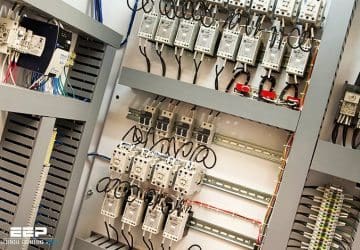
PLC Implementation Of Forward/Reverse Motor Circuit With Interlocking
Figure 1 illustrates a hardwired forward/reverse motor circuit with electrical and push button interlockings. Figure 2 shows the simplified wiring diagram for this motor. The PLC implementation of this circuit should include the use of the overload contacts to monitor… Read more
Dec 10, 2014 | By Edvard Csanyi

Characteristics And Work Principles of Switched Reluctance (SR) Motor
The Switched Reluctance (SR) motor is very different from the other polyphase machines described because both the stator and the rotor have salient poles. The motor can only be used in conjunction with its specific power converter and control, and… Read more
Dec 08, 2014 | By Edvard Csanyi

14 energy-efficiency improvement opportunities in pumping systems
Pump systems consist of pumps, driver, pipe installation and controls (such as ASDs or throttles) and are a part of the overall motor system. Below some of the energy efficiency opportunities for the pumping system are presented. Also, American Society… Read more
Oct 13, 2014 | By Edvard Csanyi
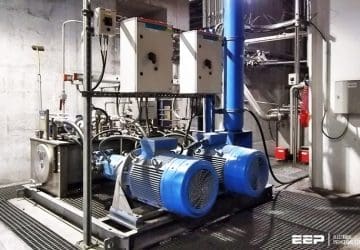
Energy Efficiency Aspects of Electric Motors
Three-phase squirrel-cage induction motors comprise a considerable percentage of the electrical load in the United States. Design, operation, and maintenance of these machines is well described in some of the articles already published. This article focuses on their energy efficiency aspects…. Read more
Oct 01, 2014 | By Edvard Csanyi
